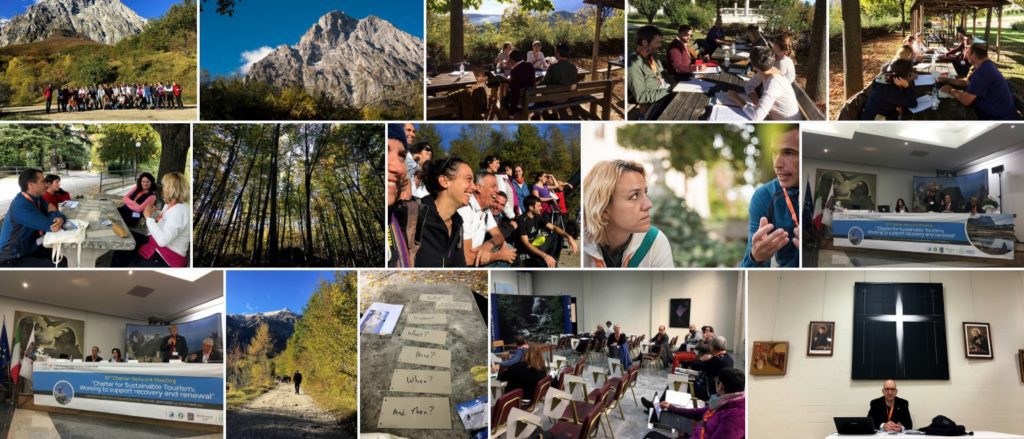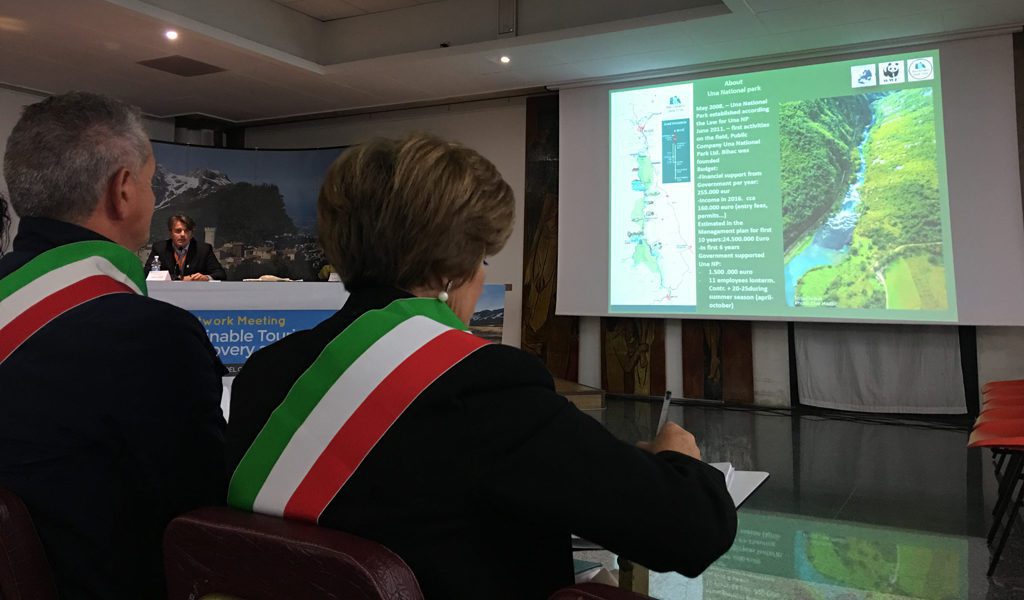X Charter Network Meeting 2017
X Charter Network Meeting, Isola del Gran Sasso d'Italia, Italy, 2017
Every two years, the network of Sustainable Destinations awarded with the European Charter for Sustainable Tourism in Protected Areas (ECSTPA), comes together for experience exchange.
The 10th edition of the Charter Network Meeting took place in Gran Sasso e Monti della Laga National Park, Italy, gathering 80 participants from 13 nationalities. The 3-day event included a plenary session and 5 practical workshops, where participants learned from their European peers, and draw the future developments of the Charter.
The historical moment of the Meeting was the announcement of the life and new face of the ECSTPA. A new facebook group was also created during the meeting, it aims at better connecting members of the network, and it’s open to all parks and partners working together for Sustainable Tourism. You can join the group here. The last day was of green inspiration, with a guided tour through the Park. The Meeting was organised by EUROPARC and Federparchi, EUROPARC’s Italian Section.
Watch the film
Check the photo album
Working to Support Recovery and Renewal
Following the United Nations International Year of Sustainable Tourism for Development, the meeting focused on the Charter as a tool to support recovery and renewal, specially relevant for this Italian region, one of the many affected by last years’ earthquakes. These severe episodes occurred frequently in the history of Italy. In 1976, the region of Friuli Venezia Giulia in northeastern Italy was ravaged by strong earthquakes. “Forty-three thousand buildings—out of more than 70,000 inspected—were declared unusable, and thousands more were completely destroyed”.
40 years later, we looked at the development of Venzone (one of the municipalities affected) as a successful example of how recovery can strengthen touristic and cultural activities. In 2017, Venzone was awarded one the “Borghi d’Italia“, national contest to praise the authentic and picturesque villages of Italy. Fabio de Bernardo, Mayor of Venzone, shared his experience in reconstructing the village over the last decades, and how they have been partnering with Prealpi Giulie Nature Park. The Park, together with Triglav National Park (Slovenia), was awarded the Charter last year, becoming the first Transboundary Charter Area. Download the Presentation
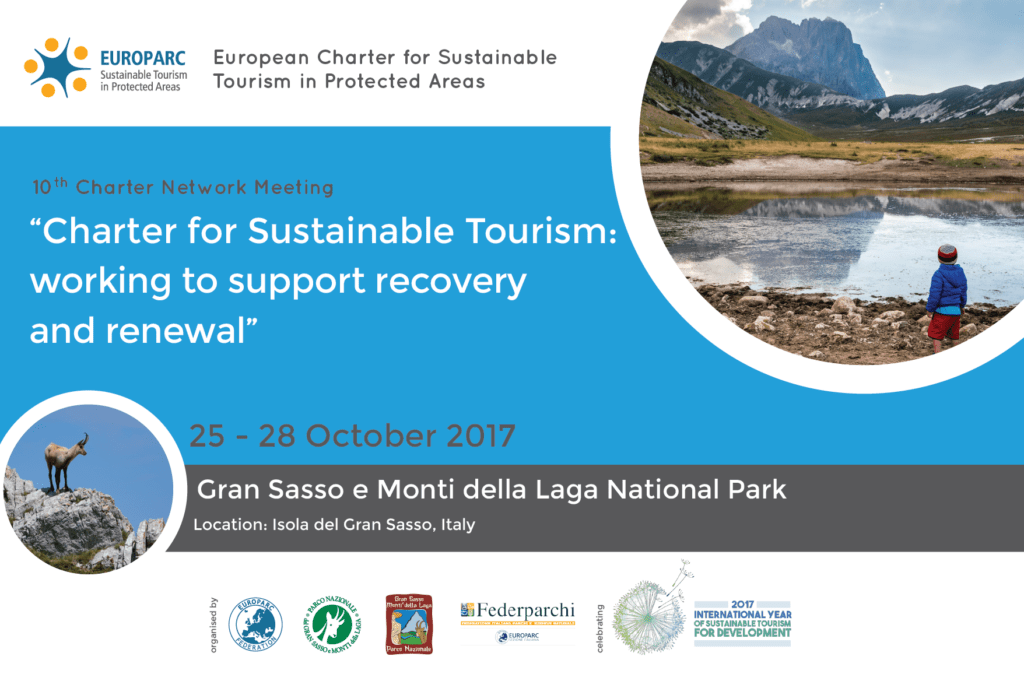
During the plenary session, representatives from the local and regional governments shared their commitment towards strengthening the region through a sustainable tourism approach. Local business inhabitants and business owners also joined the Plenary and shared their needs and hopes for the future of the region. Several local projects for touristic promotion and integration of war refugees in the region were proudly presented by local NGOs.
From Italy to Bosnia and Herzegovina
Haris Hadžihajdarević, Director of Una National Park, showcased how they are generating social and economic benefits in cooperation with the local community. Despite the economic and social situation in Bosnia for the past 20 years, and the low financial support that the Park receives, their model of cooperation has highly benefited nature and people. With the framework of the Charter, they have strengthened relations with local stakeholders and created connections with all those involved in tourism within PA and the wider area.
Workshops: outcomes and presentation
Share ideas and find solutions is one of the main objectives of the Charter Network Meeting. We do it through around the table, in thematic workshops. Below you will find a brief summary of each workshop and the presentations.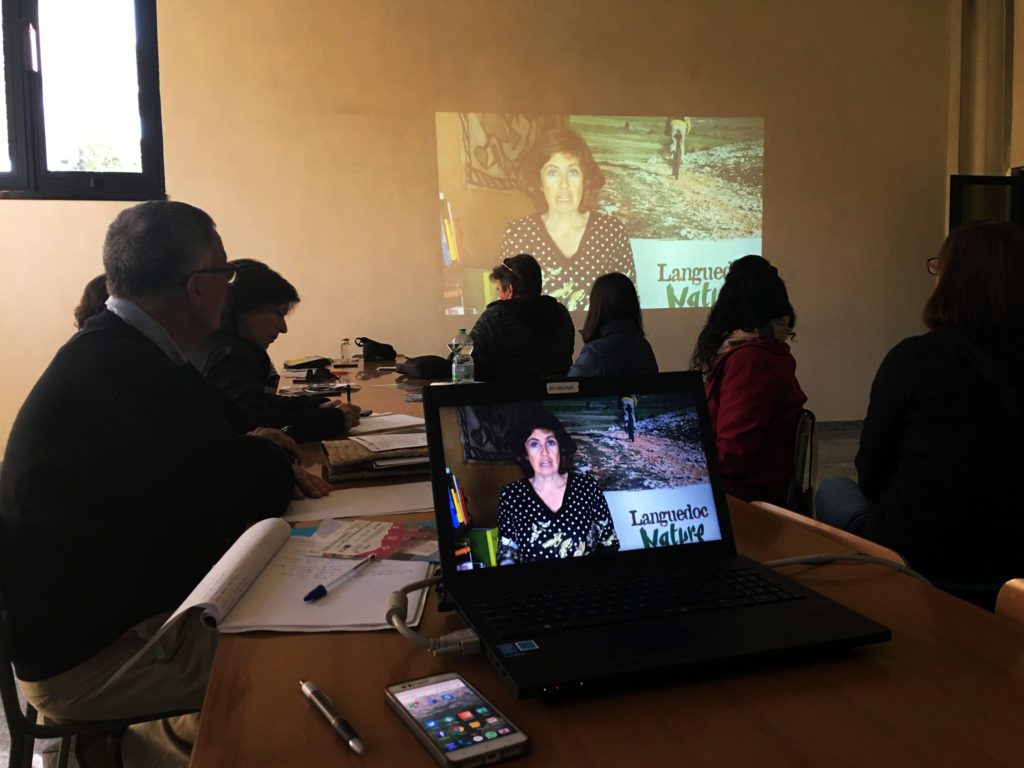
Workshop 1 – Between Communication and Promotion: Give Voice to Sustainable Destinations.
During the workshop on Communications, participants discussed best practices implemented in parks and worked (hard) on the future marketing and communications plan of the Charter. Lessons learned:
- engagement and cooperation with local stakeholders improve performance, benefiting parks, people and society
- Stakeholder forum meetings can be used as “educational thematic workshops”, organised several times per year with small group of stakeholders with similar interests
- The network of sustainable destinations needs to be proactive in finding and sharing information: a new Facebook group was created!
Outcomes Workshop 1 Communication in Medvenica Nature Park (Croatia)
Workshop 2 – The revival of a territory: tourism between opportunities and challenges for sustainable development
The workshop focused in the Italian context of Parks working with the Charter, especially in the Apennines situation. The main outcome of the workshop was the “Letter for Renewal and Revival“, available in English and Italian.
- Great desire of the territories to continue to maintain a social and economic vital fabric
- Notable testimonies of solidarity by other parks and institutions in Europe (eg French Regional Parks)
- Benefit from experiences in other contexts that have experienced similar experiences (eg Venzone)
- Need to activate collaborations and promote associations among similar subjects (parks, operators, municipalities etc)
- Need to promote all categories of local subjects (from small to consortia)
- ECSTPA can represent an effective (container) container to help achieve revival goals
Workshop 3 – Building partnerships between local businesses and travel agencies
Workshop 3 brought successes achieved by parks implementing Charter Part II – Sustainable Partners and Charter Part III – Sustainable Tour Operators, and stimulated participants to look at the challenges ahead, the needs of partners and what can be done to achieve the objectives of sustainable tourism.
Lessons learned
- There are already more than 600 charter partner businesses in 40 Charter Parks, in 4 countries. But we still need to enhance implementation of Charter Part II and III (160 charter parks, 20 countries).
- Charter Part II is a flexible methodology. There is a need of knowledge and experiences exchange.
- Measure the benefits of the implementation of the Charter Part II for nature conservation, reducing environmental impact, business performance and local development. Common methodology, gathering same data from businesses, etc. It would show the importance of the Charter.
- Need of communicating effectively the added value of the Charter destinations and businesses, and to make them more visible and attractive in the EUROPARC webpage.
- There is an opportunity to enhance cooperation among incoming travel agencies in Charter Parks, in order to share knowledge about potential markets, foreign tour operator and what their clients want, to promote common products in the framework of the Charter Network, etc.
Introduction Charter Part III France Charter Part II La Gomera Outcomes Workshop 3
Workshop 4 Protected Areas as Sustainable Tourism Destinations: getting the wider picture
On Workshop 4, participants discussed the way others (besides Parks) see, use and work with the Charter as a tool/opportunity for their tourism strategy at regional, national and international level, with examples coming from Portugal and Spain.
Lessons learned:
- We need to use an adaptive and flexible methodology but without loosing the broader vision and principles of the ECST
- Developing Charter Part II and III at the same time might be a good strategy for tourism businesses to perceive and have direct advantage for the Charter commitments
- We need professional approach from tourism sector because the support and positive discrimination from the PA is good but not enough
- EUROPARC website should bring more information about the Charter partners part II and III and best practices
Norte Natural Portugal Ecotourism Club Film of the Ecotourism Club Outcomes Workshop 4
Workshop 5 – gathering evidence: data, indicators and monitoring for Sustainable Tourism in Protected Areas
The workshop focused on analysing methods and indicators to better measure: progress towards tourism sustainability; transversality; internal coherence of the Action Plan and the Strategy; understanding and assimilation of the ECST; operability; execution; participation; cooperation; communication; work of the promoters and the technical office; overall quality of the process. Participants learned about the implementation of a detailed system of qualitative and quantitative indicators implemented in Garajonay National Park (La Gomera, Spain); the comparison between ETIS indicators and the Charter, applied in Peneda Geres National Park (Portugal); and analysed the form made by FEDERPARCHI to monitor annually the action plan of Parks.
Lessons learned
- Importance of Mobile friendly survey when collecting
- Importance of connection/collaboration with Universities
- Charter as qualitative tool and ETIS as a quantitative tool
- 11 ETIS indicators are already embedded in the Charter Application Reports
- 55 ETIS indicators could be extrapolated from Charter Action Plans
- 27 ETIS Indicators are linked with Charter Part II
- Proposal for a set of compulsory indicators for Charter Areas to allow a comparison analysis at EU level (easy, basic, simple, short). E.g., Indicators for the overall process (presented as small extra form to be filled in excel file). Better use ETIS indicators for this if possible.
ETIS and ECST Monitoring System La Gomera Outcomes Workshop 5
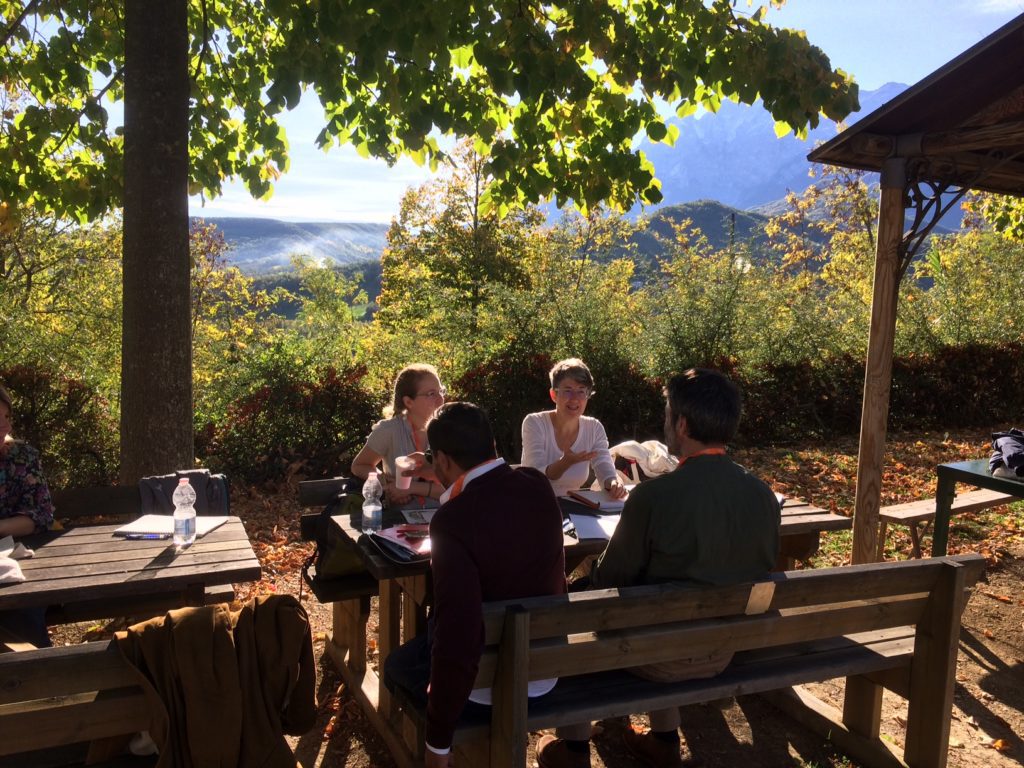
When you work in your territory, you feel drowned in your problems…And here you discover that many other Parks are facing the same challenges, in different territories. You discover new ways of working and leave with a lot of energy and new ideas to implement in your Park. Its a breath of fresh air.
Federico Armas Fuertes, from Garojonay National Park, La Gomera, Canary Islands (Spain), a participant at the X Charter Network Meeting.
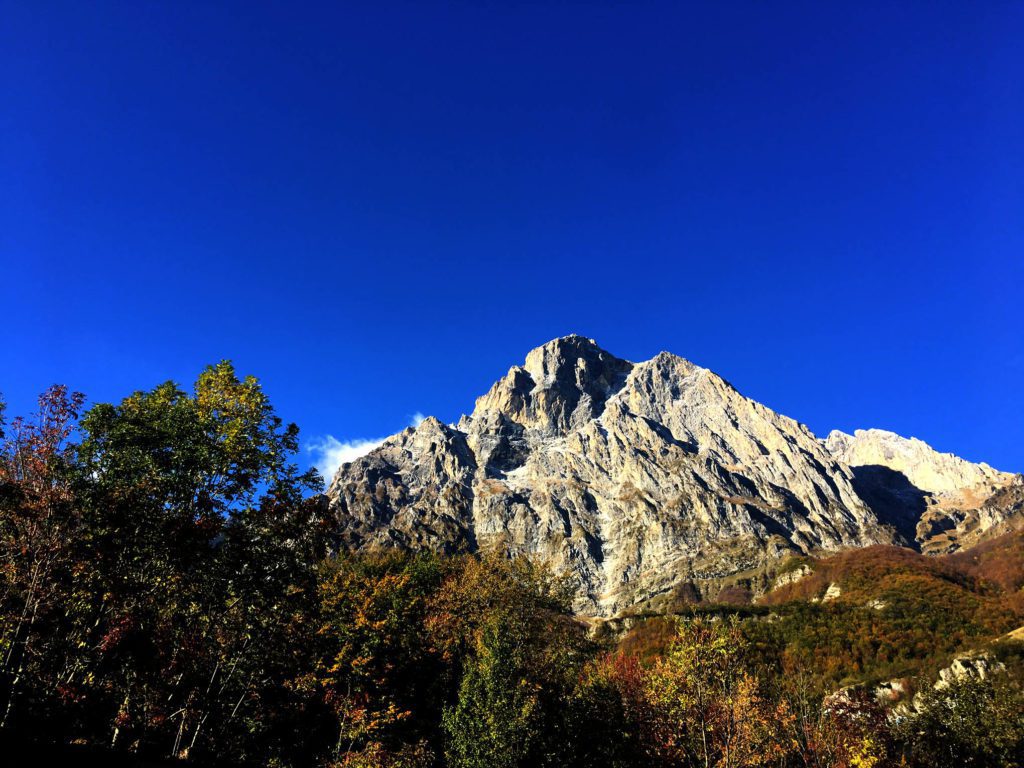
EUROPARC Federation thanks to the Monastery of San Gabriel, in Isola del Gran Sasso d’Italia, for having hosted the meeting and the participants. Thank you also to Federparchi – EUROPARC Italy and to Gran Sasso e Monti della Laga National Park, for having organised all the logistics of the event.
